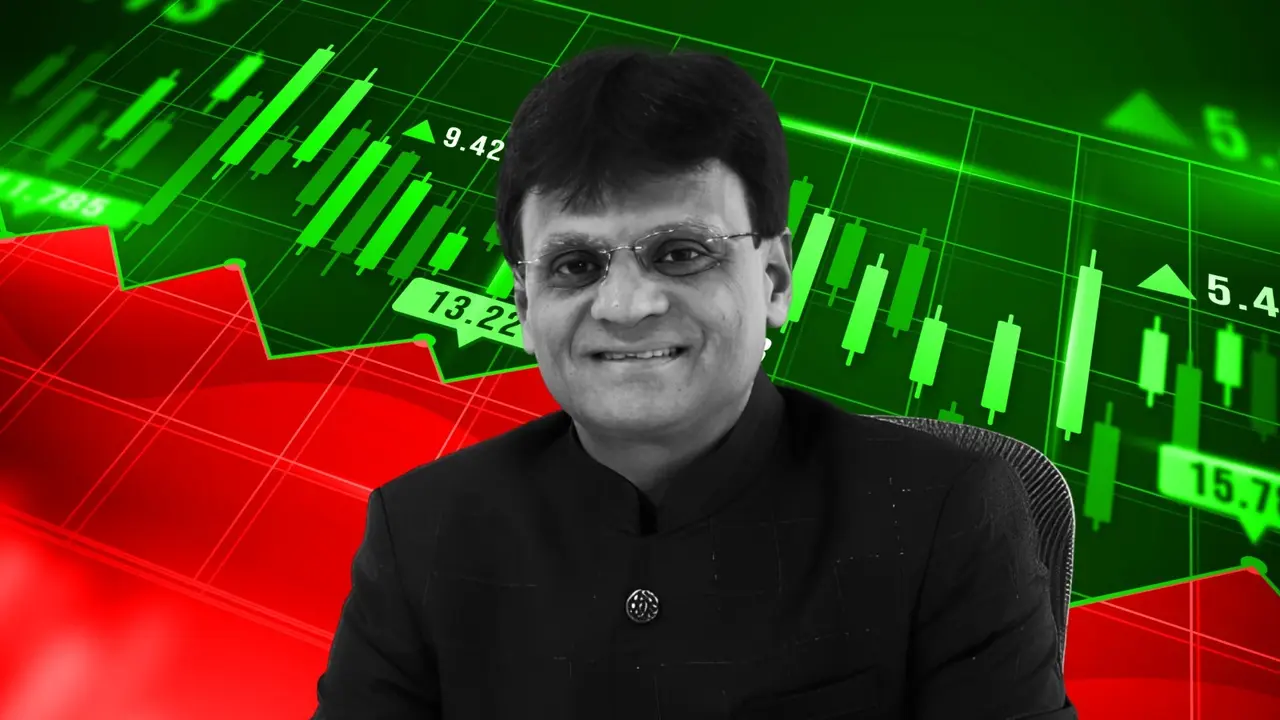Advertisement
Updated April 3rd 2025, 10:32 IST
Pharma, Electronics, Textiles: Donald Trump’s 26% Tariffs To Impact These Sectors, Says Ace Investor Deven Choksey
President Donald Trump has imposed a 26% tariff on Indian goods entering the US, citing unfair trade practices.

The United States has taken a significant step in its trade policy by imposing a 26% tariff on all goods imported from India. This move, announced by President Donald Trump , aims to address what the US administration calls "unfair trade practices." However, the tariff hike could have far-reaching consequences, not just for Indian exporters but also for American businesses and consumers.
Understanding US-India Trade Relations
India and the US share a robust trade relationship, with bilateral trade reaching $124 billion in 2024. India exported $81 billion worth of goods to the US, while importing $44 billion, creating a trade surplus of $37 billion in India's favor.
Before the latest tariff increase, the US imposed relatively low average duties on Indian imports, typically around 2.2% to 2.8% across different industries. However, Trump's latest decision drastically changes this, increasing tariffs to 26% across all Indian exports—a significant jump from the previous rates.
According to market veteran Deven Choksey, this move will have a substantial impact on key Indian industries, making products more expensive in the US and potentially disrupting supply chains.
Which Indian Industries Will Be Hit Hardest?
To understand the potential fallout, let's look at India's $81 billion worth of exports to the US in 2024 and how these industries will be affected by the tariff hike. As per Choksey here are key the list of key industries which is going to take the largest hit.
1. Pharmaceuticals (Current Exports: $12.72 billion, 15.7% of total exports)
Previous Tariff: 0%
New Tariff: 26%
Impact: ‘Impact: A $12.72 billion sector would face an additional ~$3.31 billion in tariffs, raising costs for generic drugs and potentially reducing competitiveness.
Indian firms supply 40% of U.S. prescriptions, so this could disrupt healthcare savings ($219 billion in 2022),’ said Choksey
2. Auto and Auto Ancillaries (Current Exports: $7 billion, 8.6% of total exports)
Previous Tariff: 2.5% (vehicles), 0%-2% (auto components)
New Tariff: 26%
Impact: While India’s vehicle exports to the US are minimal at $0.2 billion, the bigger concern is the auto components industry, which exported $6.8 billion worth of parts.Many Indian auto parts manufacturers supply major American car brands, and the tariff will increase production costs, which could be passed on to US consumers.
‘Vehicle exports ($0.2 billion) are minimal, so the direct hit is small ($47 million extra). However, U.S. consumers might see higher prices for niche Indian imports,’ stated Choksey
3. Electrical and Electronics Equipment (Current Exports: $14.39 billion, 17.8% of total exports)
Previous Tariff: 0%-2%
New Tariff: 26%
Impact: Products like telecom equipment, consumer electronics, and industrial components will become far more expensive for US businesses.
American tech companies that rely on Indian manufacturing may need to find alternative suppliers or absorb higher costs.
4. Gems and Jewelry (Current Exports: $11.88 billion, 14.7% of total exports)
Previous Tariff: 0%-5.5%
New Tariff: 26%
Impact: India is one of the largest exporters of diamonds, gold, and silver jewelry to the US.
5. Textiles and Garments (Current Exports: $5 billion, 6.2% of total exports)
Previous Tariff: 10%-15%
New Tariff: 26%
Impact: Indian textiles were already facing high import duties in the US, and this increase will further impact demand, making it harder for Indian apparel brands to compete in the US market.
How Do US Tariffs on India Compare to Other Countries?
While India is facing a 26% tariff, other major economies are also being hit with increased levies:
China: 34%
European Union: 20%
South Korea: 25%
Japan: 24%
Taiwan: 32%
Vietnam: 46% (highest among all countries)
This suggests that the US is targeting multiple trade partners, but India’s tariff is lower than China’s or Vietnam’s. According to Deven Choksey’s research, this means that India is still in a comparatively better position, as its products may still be more competitive than Chinese goods, which are now facing even higher levies.
He also added that, “With higher levies on other countries, India is better off.”
What This Means for the US Economy
While the tariffs are meant to protect American businesses, they could also hurt US consumers. According to Choksey, Americans will now pay significantly higher prices for imported goods, which could trigger backlash, especially if the increased costs impact essential sectors like healthcare, automobiles, and electronics.
"Though Americans will pay significantly high bill of imports now making them very vulnerable atleast in next 2 quarters. Backlash in American citizens can’t be ruled out," Choksey noted.
What’s Next?
President Trump's 26% tariff on Indian goods is a game-changer for US-India trade relations. While aimed at addressing trade imbalances, the move is set to increase costs for American consumers and challenge the competitiveness of Indian exporters.
According to market expert Deven Choksey, this decision could have wider economic implications, affecting not just India but also US industries and global supply chains.
With potential retaliation from India and rising discontent among US consumers, the next few months will be crucial in determining the long-term impact of this major trade policy shift.
Published April 3rd 2025, 08:12 IST
